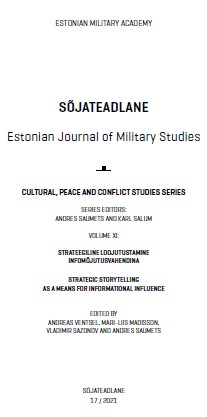
ЮЛИЯ КАНТОР. ПРИБАЛТИКА 1939–1945 ГГ. ВОЙНА И ПАМЯТЬ
Review of: IGOR KOPÕTIN - Юлия Кантор. Прибалтика 1939–1945 гг. Война и память. Москва: Росспэн, 2020, 359 c., ISBN 978-5-8243-2405-1.
More...We kindly inform you that, as long as the subject affiliation of our 300.000+ articles is in progress, you might get unsufficient or no results on your third level or second level search. In this case, please broaden your search criteria.

Review of: IGOR KOPÕTIN - Юлия Кантор. Прибалтика 1939–1945 гг. Война и память. Москва: Росспэн, 2020, 359 c., ISBN 978-5-8243-2405-1.
More...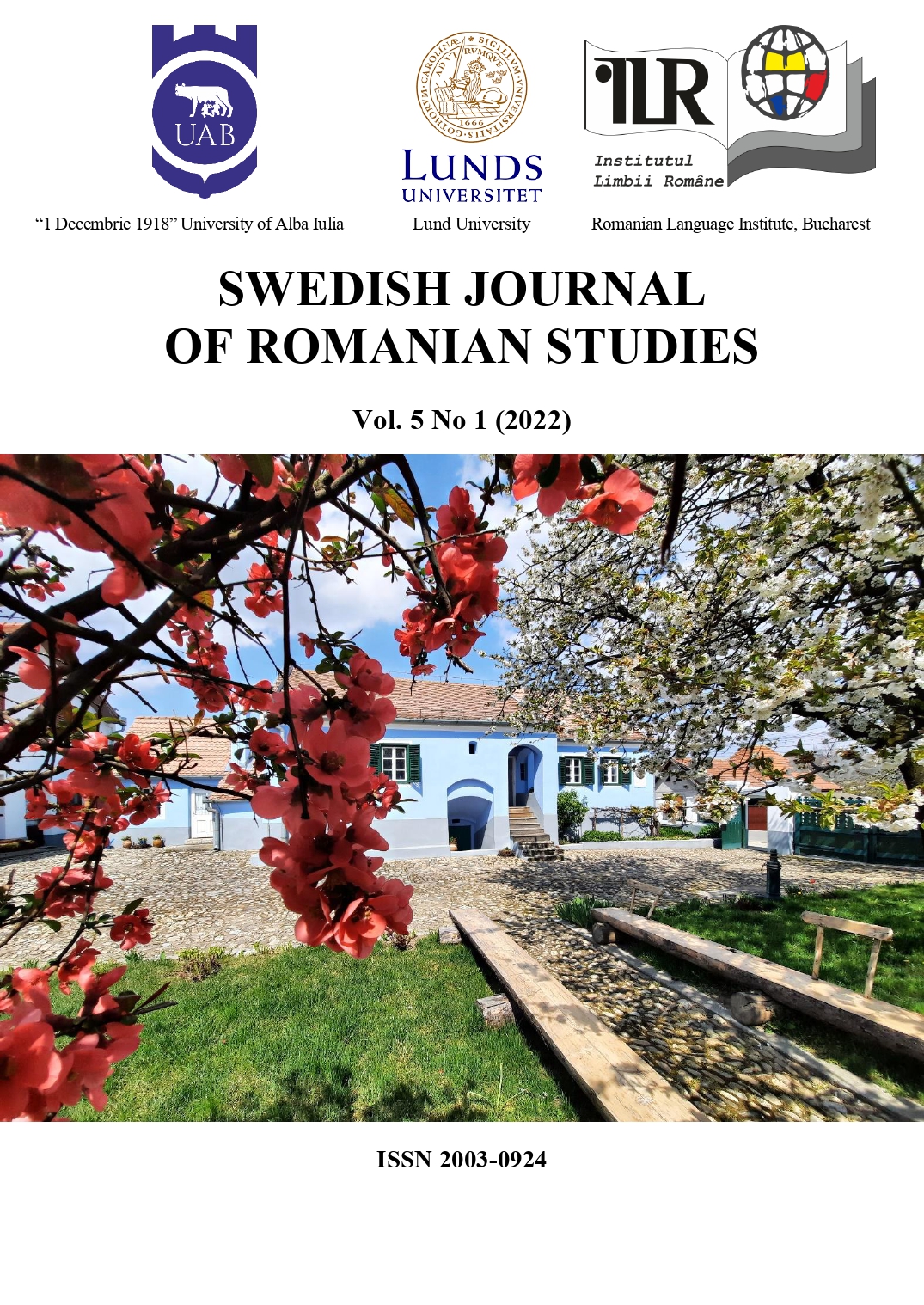
The diary of the Romanian king Carol II, Însemnări zilnice (Daily Notes), may seem sketchy, but it is loaded with significant deeds and details. Additionally, it is stylistically marked from the point of view of omissions, allusions, and dissimulations. The epoch was one of complex historical background and the author made use of various, even if diminished, rhetoric figures. Rhetoric, oratory, and stylistics play many roles in the autobiographical pact. Carol II made use of them în a scarce manner precisely with the purpose of increasing the authenticity and sincerity of his discourse. On the other hand, many entries in the diary are hasty, but they strive to glorify or justify the king and his entourage. We sooner than later identify a macrorhetoric intended to delineate, on the one hand, a sophistic royal potrait and to decipher and characterize people belonging to the high society, on the other hand, a strategy to tackle with a tumultuous decade.
More...
As the traditional village had gradually faded with time, writing a novel encompassing this subject has become a predicament, yet Lucian Domșa undertook writing about the Transylvanian rural context, revealing his most authentic sense of artistry. Măriuca is a novel portraying the tragic existence of a countryman returning home after World War I. The realities of the traditional village are depicted in the background, for it is the character development, the representation of the profound history of a family, the history of an existence lived according to the old ways of the countryside, all explored under the veil of most authentic vernacular language, that notably constitute the centre of the novel. The typical tragedy of a family from a village in Transylvania is gradually built in the novel, in sync with the space it inhabits, and with the action, also capturing several monographical elements of the Transylvanian village. Although the novel is entitled Măriuca, the main character is Manole a lui Țapu’, however, in virtue of the way the female heroine is composed, through her desire for emancipation, Măriuca becomes the main important character who announces a change of mentality and attitude in the interwar period in the rural environment.
More...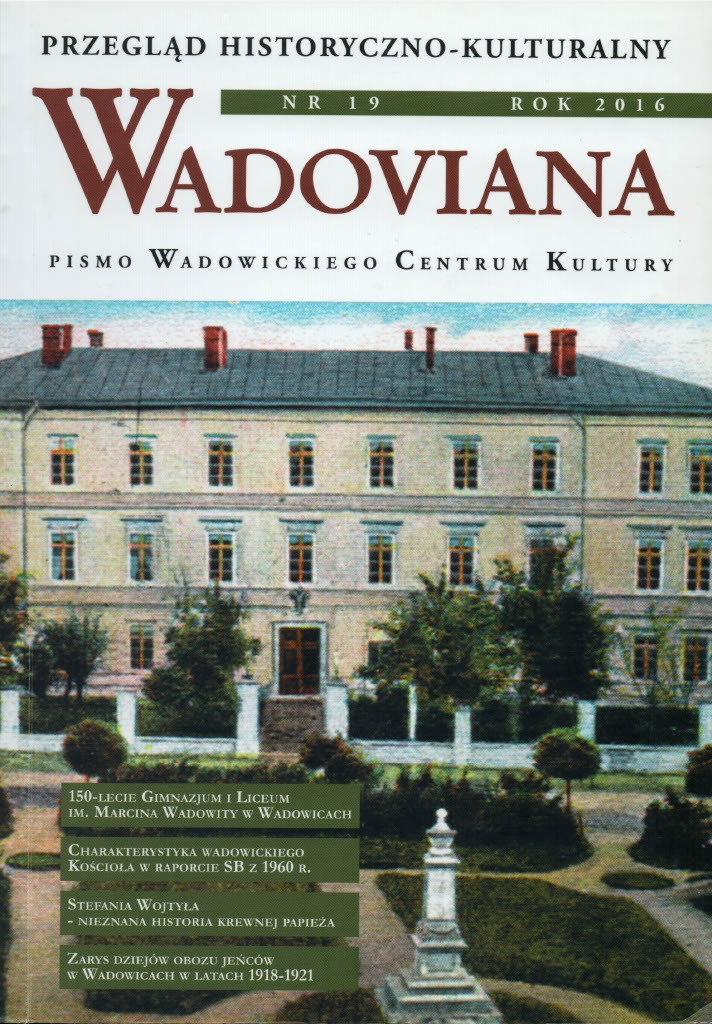
Stefania Wojtyła (1891 - 1962) was a half-sister of Karol Wojtyła’s father.When Karol’s parents and his brother Edmund died, Stefania remained a next ofkin of the later Pope. She was a techer by profession, worked in Biła City and in - situated nearby - Rybarzowice village, . During the Second World War she was initiallyunemployed, and then she was teaching in German schools in Biała and Dziedzice.At that time she signed German People’s List, so called The Deutsche Volksliste. Afterthe war she was banned from working in the Biała county due to her attitude duringthe occupation of Poland. She decided to go to Stodoły village, near Rybnik in so--called Recovered Territories, where she took up a job of the headmaster of a school.She worked there until she went into retirement in 1958. The last years of her lifeshe spent in Kraków, running a household of Karol Wojtyła - then a bishop.
More...
The subject of the article is the history of POWs camp of Wadowice in years1918 – 1921. There was not any in-depth monograph about this camp, so thearticle will fill this gap.Mentioned camp was located in southern Poland and was used to jail andisolate prisoners-of-war from Eastern Galicia (Ukrainian Galician Army), the RedArmy and UPR’s Army. Besides them, a lot of civilian internees also were isolatedhere. History of camp begins in November 1918 and ended in autumn of 1921 y.In article, a few issues were analysed: which groups were in the camp, how manypeople were there, how was the alimentation, which illnesses spread among POWsand internees and how big was level of death and how was cultural life in the camp.The article was written on the basis of the archival materials from various archiveand many books and scientific articles.
More...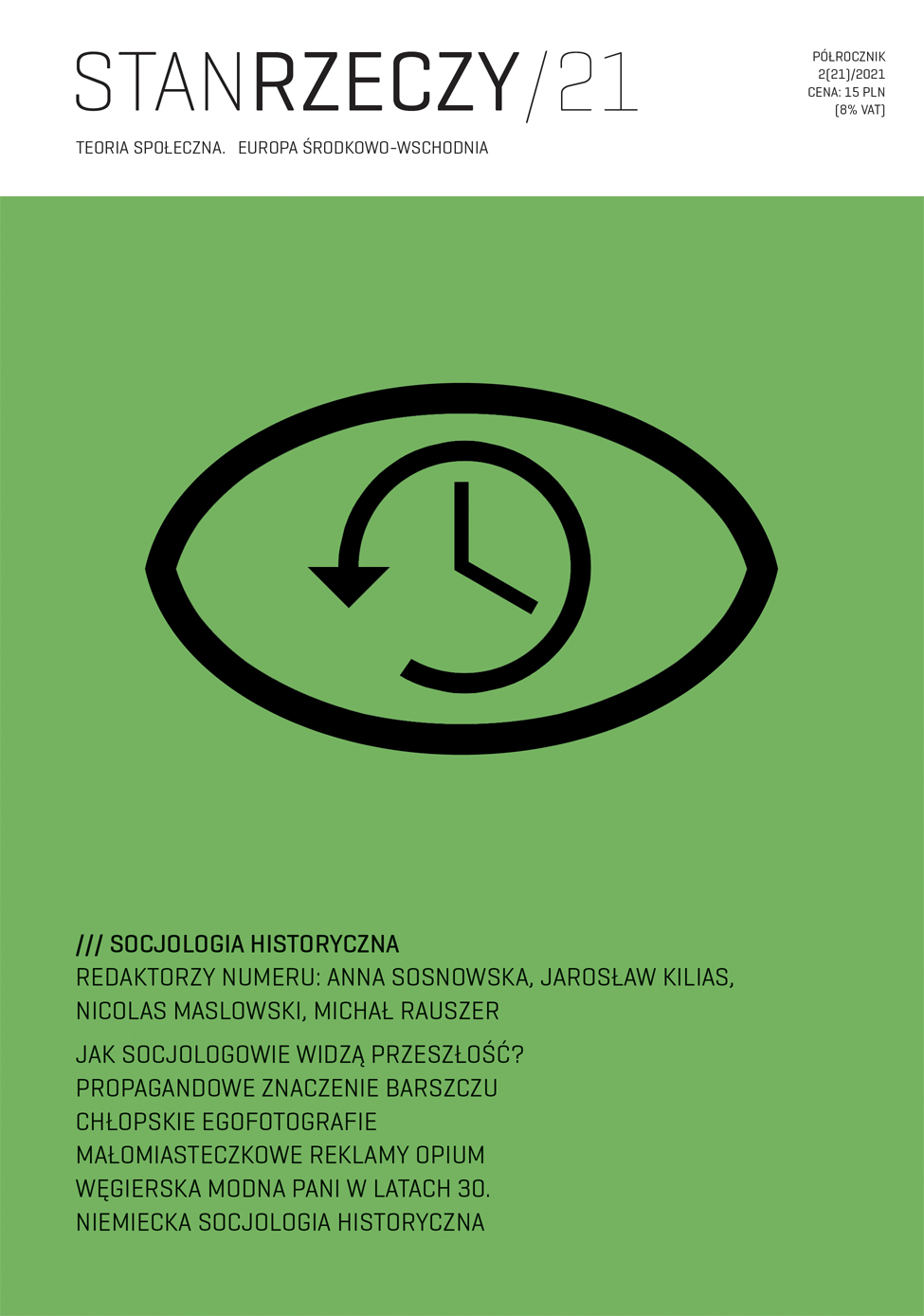
The article is an attempt to look closer at the presence of historical topics in the works of German sociologists of the interwar period. It discusses the political context of the development of sociology in Germany after the First World War and the place of historical sociology within it. The latter was featured by: treating historical epochs as “individuals,” determining the “spirit” of an epoch in question and focusing on chosen figures of an epoch as particularly representative for it. The epoch that particularly attracted the attention of interwar German sociologists was the Renaissance and the figure they paid special attention to was Niccolò Machiavelli. Unlike most up-to-date socio-historical works, those written in the first half of the twentieth century in the German-speaking area are close to the philosophy of history and only a few of them are empirical comparative studies. In the text the topics are indicated that link the interwar German historical sociology with that practised currently. These are, above all, the interest in Early Modernity and theorising the State as a form of societal organisation.
More...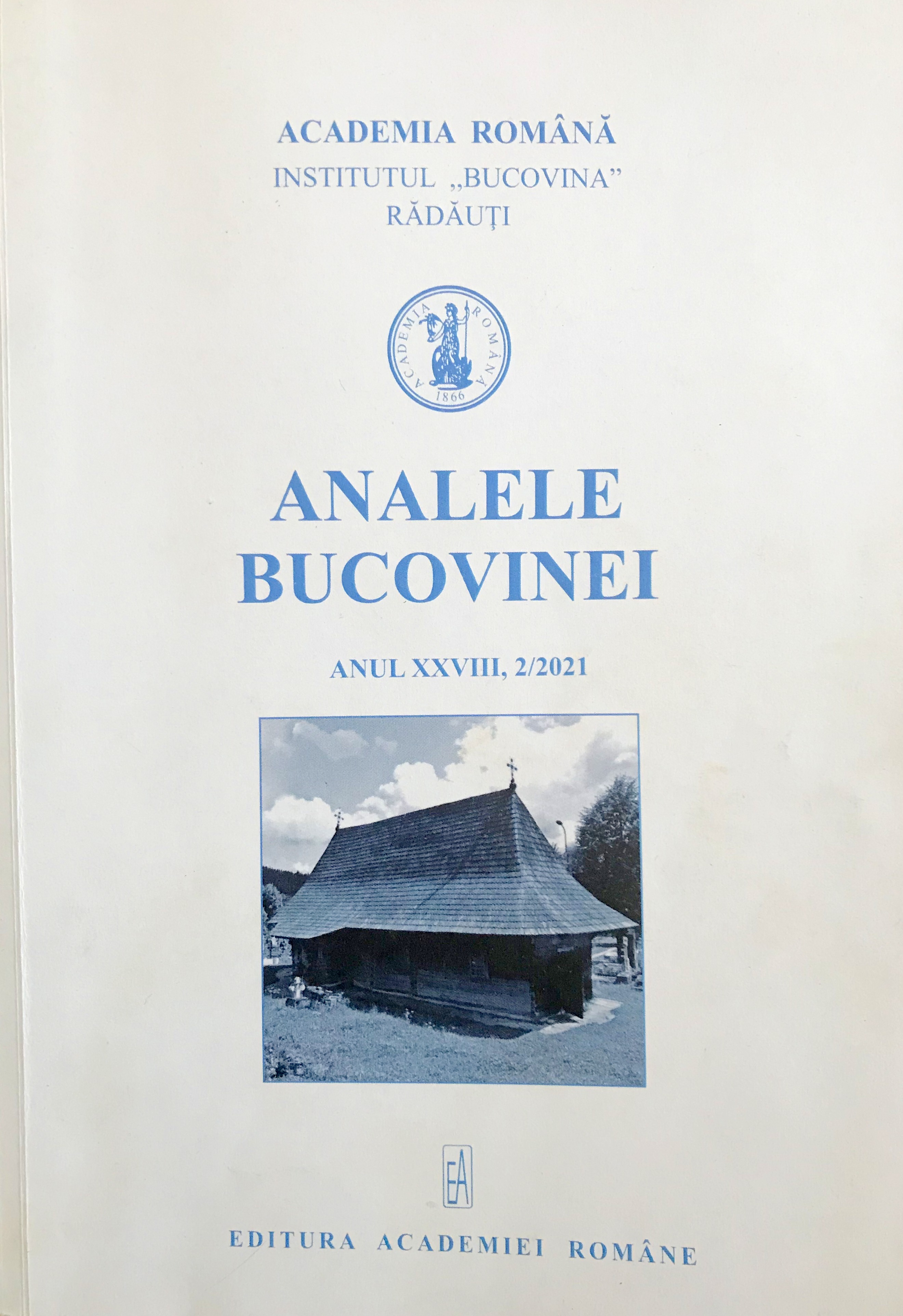
In the Habsburg Bukovina, a province of the Austrian part of the dualist monarchy, until 1918, the population of German nationality – established in a number of villages, located mainly in the districts of Câmpulung, Gura Humorului, Rădăuți and Suceava, and in provincial cities, where it made up an important part of the urban bourgeoisie, as craftsmen, lawyers, pharmacists, teachers, officials etc. – had a somewhat privileged position, as one belonging to the ruling nation in the empire. This situation was fully reflected politically, with the Germans being an active presence in the public life of the Duchy of Bukovina, as some who always had a considerable number of representatives, especially elected from among the intellectual elite and officials, both in the Provincial Parliament and in the Central Parliament of Vienna. Thus, at the beginning of the 20th century, after the establishment in 1907 of the universal right of universal suffrage for the election of provincial representatives in the Vienna Chamber of Deputies, out of a number of 14 deputies, who belonged to Bukovina as a province, four mandates were assigned to the German-speaking population (Germans and German-speaking Jews). Although the approximately 70 000 Bukovinian Germans represented a small percentage in the province’s 800 000 inhabitants, they will gain an important position in the Provincial Parliament, through the Provincial Electoral Act of 1910, based on universal suffrage and the national cadaster, which will grant the German-speaking population a number of 15 deputies, out of a total of 61 elected deputies. This situation will change significantly after the First World War.
More...
The Central Library of Suceava is the creation of two cultural societies from the interwar period. Its establishment was a long-awaited moment which had been prepared since 1919 and was mostly possible due to the efforts of the Orthodox Oriental Gymnasium which through his representatives, i. e. fine intellectuals and pioneers of Romanianism, largely supported the cultural-educational activities, thus raising the level of national consciousness of the city of Suceava. The founder of the library was Eusebie Popovici, a high school teacher, mayor of Suceava and of its devoted citizens. He managed to raise the funds needed to open the library, buying about 2 000 volumes from 3 famous professors from Suceava, who owned important personal libraries. Over time, the only librarian, Cornel Soroceanu, also a teacher at the same high school, passionately dedicated his free time to the new institution. Having a vocation as a librarian, he managed to grow the collections annually, making the Central Library of Suceava a remarkable establishment, visited by many personalities. In 1944, during the refuge period, part of the inventory was moved to the former Câmpulung Moldovenesc county. Upon returning to Suceava, the inventory suffered significant losses through theft, destruction and burning. The Central Library of Suceava operated in the National House, a symbolic building of Suceava, demolished in the late 60s.
More...
In this article the author reviews and interprets the use of restaurants and food-industry stands in the Polish sections of three international exhibitions organised in the interwar period (in Paris in 1925 and 1937, and in New York in 1939). The primary goal of the Polish exhibiters was to present the cultural identity of the nation, whose distinctiveness and right to self-determination was the main legitimation for the existence of the Second Polish Republic. The author considers whether food can be viewed as a full-fledged element of this representation and what images of Polishness were constructed with its help. She points out that in 1925 the potential of food was not used, while in 1937 and 1939 it was more and more effectively included in the representation of Polish cultural identity. In accord with the principles of gastro-diplomacy, the most successful exhibit was one in which a traditional Polish feast was arranged.
More...
This paper takes a novel approach to exploring the relationship between fashion salons and sound films in making the image of the modern woman in the 1930s. In this period, liberal cultural tendencies contradicted the increasingly authoritarian political trends in Central Europe. In Hungary, sound films transformed the fashion industry, and fashion salons were quick to respond by creating new clothing for the modern women. This paper investigates the figure of the modern woman as it appeared in newspapers, fashion magazines, and sound films. The type of independent, purposeful woman shown in the films, with her confidence, fashionable costumes, and romance, became an ideal for young women. As dressmakers for film actresses, fashion salons played a significant role in conveying the Western style of dress. They influenced the collective representation of a generation through the representation of film actresses. However, the popularity of the “modern woman” turned out to be temporary in society, which was increasingly subjected to authoritarian policies in the shadow of European fascism. After 1938, the film industry was transformed; film directors and actors or actresses of Jewish origin were forbidden to continue their profession. Curiously, the discriminatory legislation did not touch the fashion salons, which continued to exist and started to produce traditional clothes. This paper puts these contradicting processes in context.
More...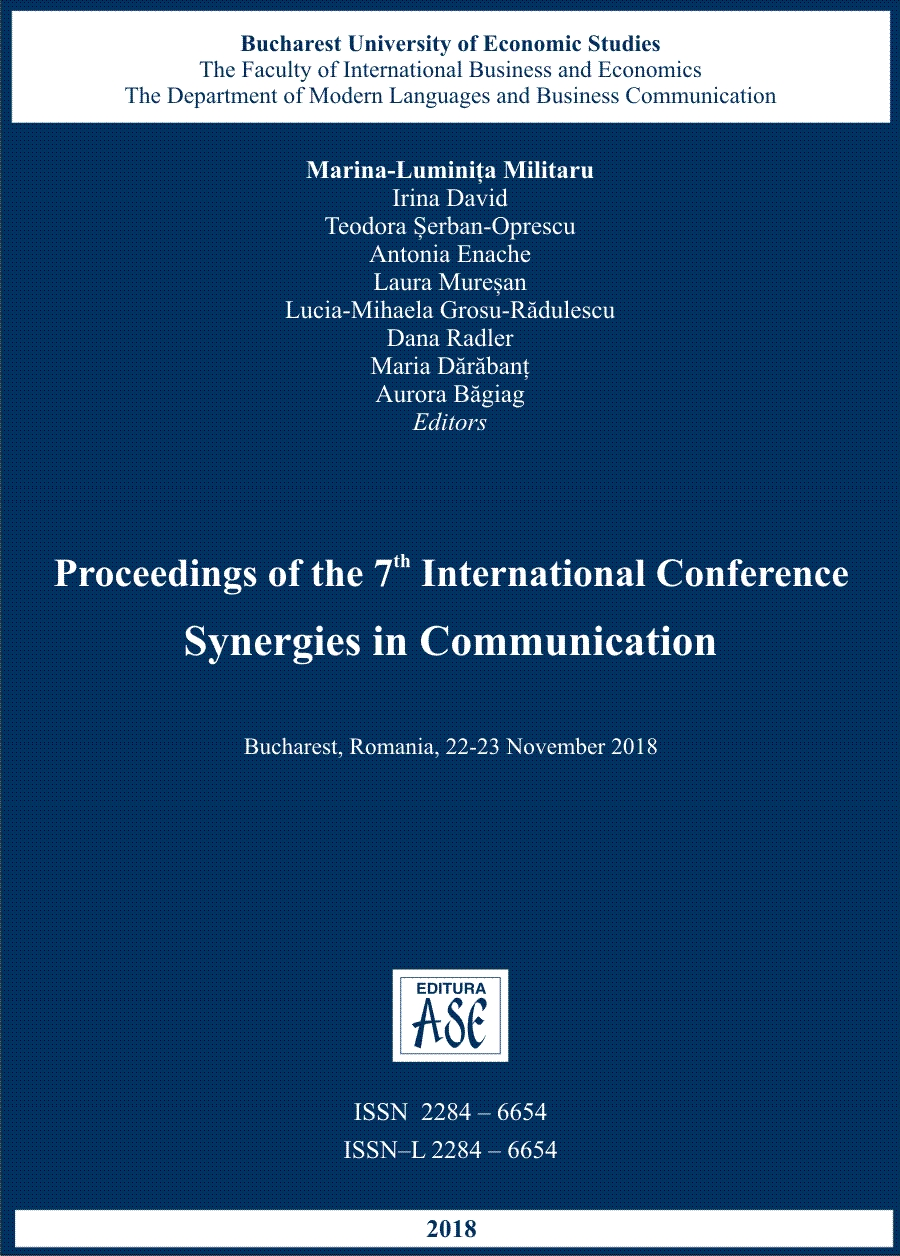
The proposed text tries to read Panait Istrati's book "The Confession of a Loser" ("To the other flame or after 16 months in the USSR") - through modern historical, political and ideological paradigms of the 20th century, as well as the role of the intellectual as a mediator in the constant East-West dialogue. It shows the function of the intellectuals in both Western and Eastern societies, their utopian visions, clashes, disillusions and disappointments, their support for Bolshevism and Stalinism in totalitarian Russia in the 20s and the 30s of the 20th century. All this is examined through the optics of our present day and the historical context.
More...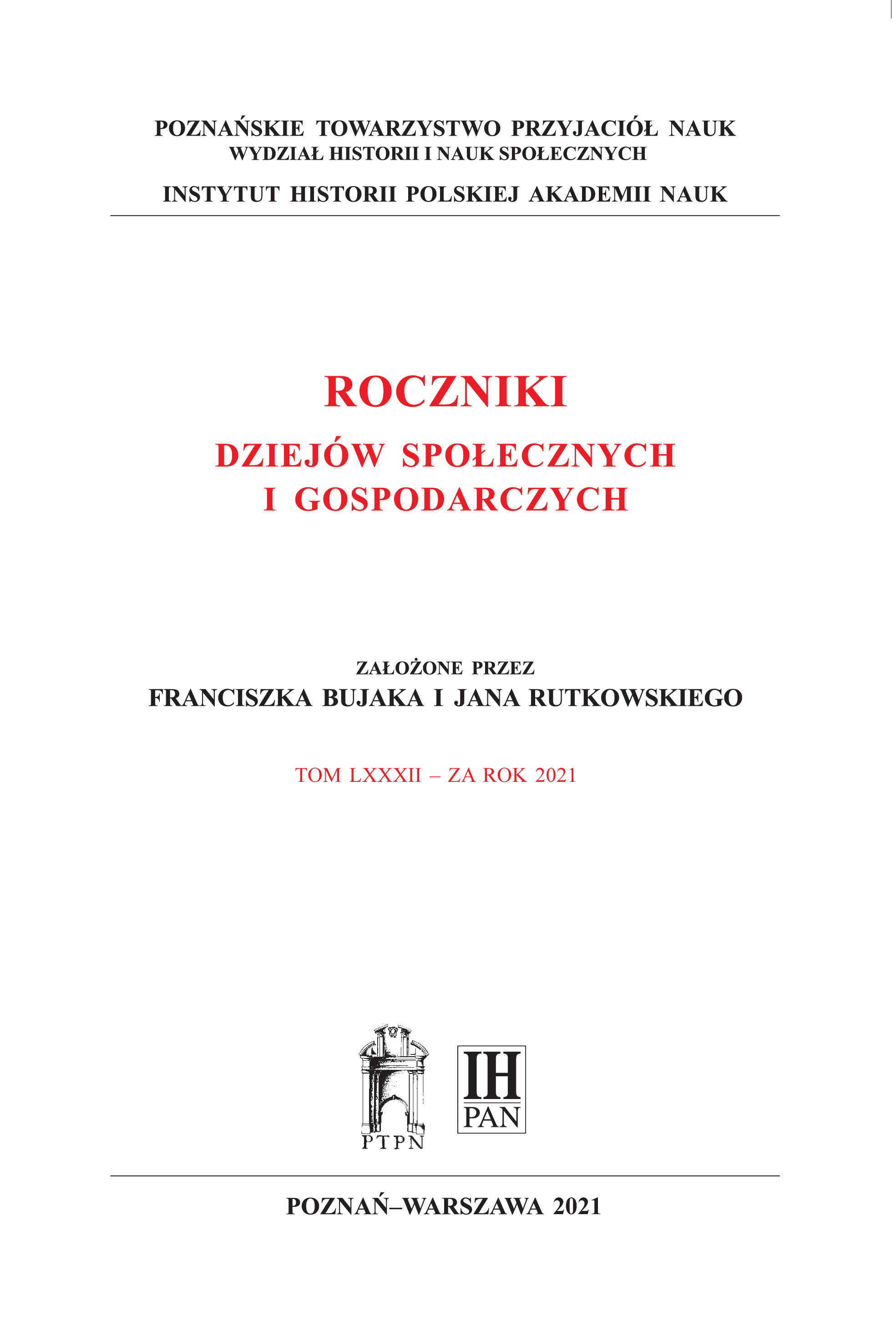
The article discusses selected aspects of the life of young people in interwar Tarnów as described in the local press. The principal source used in the paper are selected periodicals published in the city in the years 1918–1939. Their selection reflects the social and ethnic structure of Tarnów in the discussed period. The analysis of their contents has helped reconstruct the nature of the expectations towards the youth and how they were expressed in the press.
More...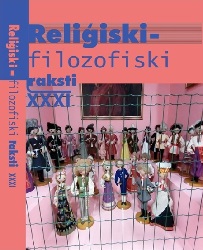
In this article, to discover what ‘Soviet spirituality’ is, the author analyses the collision between two visions for the form and content of a working art-historical museum, created after the October Revolution of 1917 at one of Russia’s best-known monasteries – the Holy Trinity-St. Sergius Lavra. One of the visions belonged to the well-known natural scientist and theologian, who from 1911 was also a priest – Fr Pavel Florensky. In his vision, Florensky tried to develop ideas related to a new sensibility and comprehension of works of church art. In the period of his creativity immediately prior to this, in his book The Pillar and Ground of the Truth (1914), Florensky had been able to show that ancient icons were not primitive art, and that they needed to be interpreted primarily as a complex, metaphysical phenomenon. In later articles (1918–1929), written in the period before his arrest and subsequent execution by firing squad in 1937, he developed an integral concept for a ‘living museum’. Through such a museum church architecture, frescoes, iconography, applied church art (useful objects), music, etc., all exist together in an environment, which is completely natural to them and in connection with the liturgical life of the church / service to God. For Florensky, the brightest example of such a ‘living museum’ was the Holy Trinity-St. Sergius Lavra, a monastery complex in greater Moscow (15th–19th centuries) with a rich history, which had preserved artistic treasures of international significance. The reception of Florensky’s concept with regard to the activity of museums alone, would be outside the integral, and in many ways utopian, context of Florensky’s thought, which is directed at global change in culture and at the “destruction of the watershed of world spirituality” (Sergei Khoruzhy), i.e. toward the completion of a synthesis between the culture of antiquity and Christian culture. Therefore, the embodiment of Florensky’s idea only in the context of a museum would only be just another form of ‘Soviet spirituality’, albeit not as radical as earlier expressions thereof.
More...
The paper examines the Central Anti-Religious Museum (CAM) in Moscow in 1926-1947 and its activities on the anti-religious propaganda and the study of religion. It was was established by a resolution of the Central Committee of the Russian Communist Party (VKPb) and became the first anti-religious museum in the USSR. Being recognized as a Research Institution of National Importance by the Council of People’s Commissars in 1934 the Museum performed a variety of important functions on aggregating data about provincial museums, developing guidelines on methodology of anti-religious museum work, organizing field works and study of religious practices of the USSR ethnic groups. As a result, by the late 1930s, the Museum developed from anti-religious propaganda establishment into research center and was renamed the Central Museum of the History of Religion and Atheism on 20 February 1942.
More...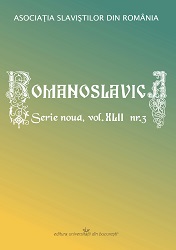
In this ethno-historic study we deal with another category of documents contains Czechoslovak contemporary history having unpublished information about the socio-economic and cultural situation of the Central European Slavic population. It is clear, that there are significant differences between Czechoslovakian official documents and the Romanian tourist or journalist point of view. There are several and interesting differences in the manner how the travelers or journalist had understood historic events and how they were really interpret or misinterpret it. One the other side each author has a different approach about this very interesting domain concerning the image of the others. Therefore each person had refined and reinterpreted the information because of its various structures, but for us before deciding how to draw right conclusions, we need to examine the differences between these types of documents. Some Romanian officials like journalist opinions and some of private document interpretations were under the influence of Sokolist cultural movement. This type of political ideology had an enormous influence on the Czechoslovakian political consciousness-raising behavior. We have to tackle with prudence this kind of information because the range of subjects concerning within these travel journals in a broad sense of 20th century national states unity ideology is enormous. We hope that we had succeeded in our attempt concerning the extraction and analyzing of some essential ethnologic and historic information from these diaries or conferences. The benefits of interpretation from such a very different range of information presented in this type of documents must be linked by the researching method itself.
More...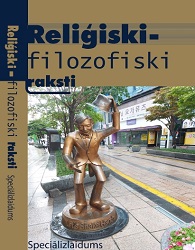
Collective memory is one of the main parts of identity that shapes a nation and has enormous influence both on the present but also on the future. Therefore, this study tries to identify and prove the importance of history (and its incidents), as well as its impact upon the formation of collective memory. Focusing on historic trauma of the Japanese colonial period in Korea (1910–1945), an attempt of conceptualizing the historic events in correlation with collective memory (Halbwachs, Assmann) in a sociocultural context and the idea of cultural trauma (C. Alexander, R. Eyerman, B. Giesen, N. J. Smelser, P. Sztompka) is made, proving that the occupation period in Korea is a collective trauma with enormous consequences for the future formation of identity and collective society in Korea. This case study of the Korean colonial period allows to prove that all occupational periods of the 20th century can be perceived as cultural trauma, which manifests itself as a cut in the continuously existing collective memory.
More...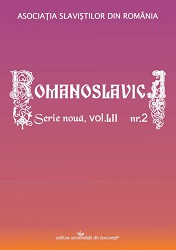
The intention of this paper is to research how travel narratives construct representations of identity and alterity in selected children's novels published from 1907. to 1941. The paper aims contextualised, local and political reading instead of pedagogical or impressionist-esthetical approach. A main thesis is that production of knowledge through discursive practices constitutes identity or alterity of characters as well as the knowledge depends on relations of power and its distribution within social and cultural field. Thus, I differentiate, using R. Williams's terminology, residual, dominant and emergent forms of discursive practices that product identity and alterity in analysed novels.
More...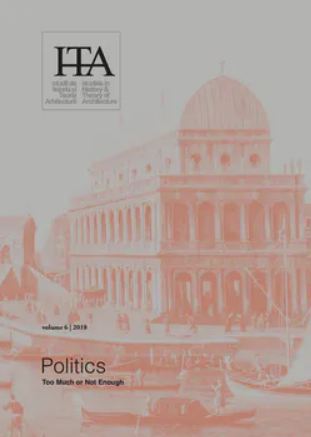
Review of: Irina Calotă Beyond the Center. Housing Policies in Bucharest (1910-1944) Bucharest: Editura Ozalid, 2017, 408 pages, including illustrations, ISBN 978-606-93327-3-3
More...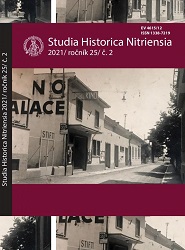
The paper deals with the life and professional destinies of Marie Zdeňka Baborová (1877 – 1937), the first Czech woman-doctor of philosophy. It summarizes basic informations about the possibilities of higher study of women in the Czech lands at the end of the 19th century and the beginning of the 20th century. It recalls the regulations that allowed women access to universities in the Austro-Hungarian monarchy. Using the example of Marie Zdeňka Baborová it demonstrates the problems that the first female students of the university had to face with during their studies and in building a scientific career.
More...
In the Czechoslovakia the first women were gradually appointed extraordinary professors more than three decades since the first women had graduated from universities. Present research has paid attention mostly to biographies of first women-graduates, while first women-professors and especially the circumstances of their appointment were investigated to a lesser extent. Appointment of first women-professors was a momentous event not only for the university as such, but also within a broader political and social context, which has been reflected by researchers only marginally or not taken into consideration at all. By the year 1939, three women were appointed extraordinary professors, each of them at a different Czechoslovak university. In the following years the appointment procedure was only allowed at German universities in the Protectorate Bohemia and Moravia and the number of new women- extraordinary professors also amounted to three. After WWII five out of six women-professors further developed their university career in Czechoslovakia, Germany and Austria.
More...